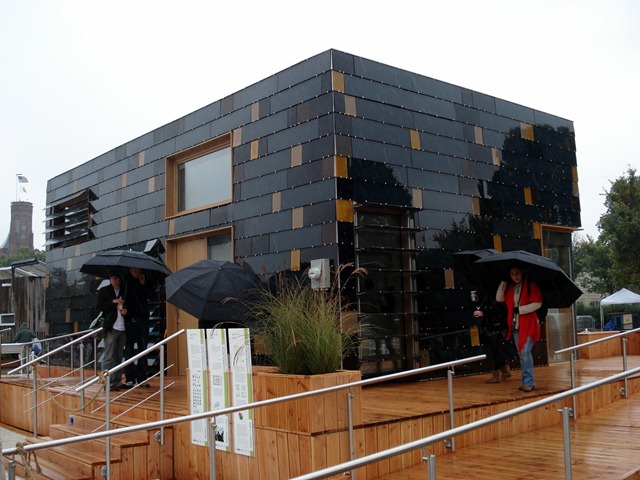The primary benefit to having a MPPT per string is that you can have an array with any number of panels so the design is MUCH more flexible. With 1 MPPT all strings need to be the same length. A friend has a 13kW array with 44 panels but his shop could fit 9x5. So one is there just for aesthetics

. The next big benefit is shading. With 4 strings on 1 MPPT you can lose ~10% production by shading 1 panel (~3%). You also eliminate the need for a combiner box or fuses. IMO string level MPP is the optimal cost-benefit arrangement.





